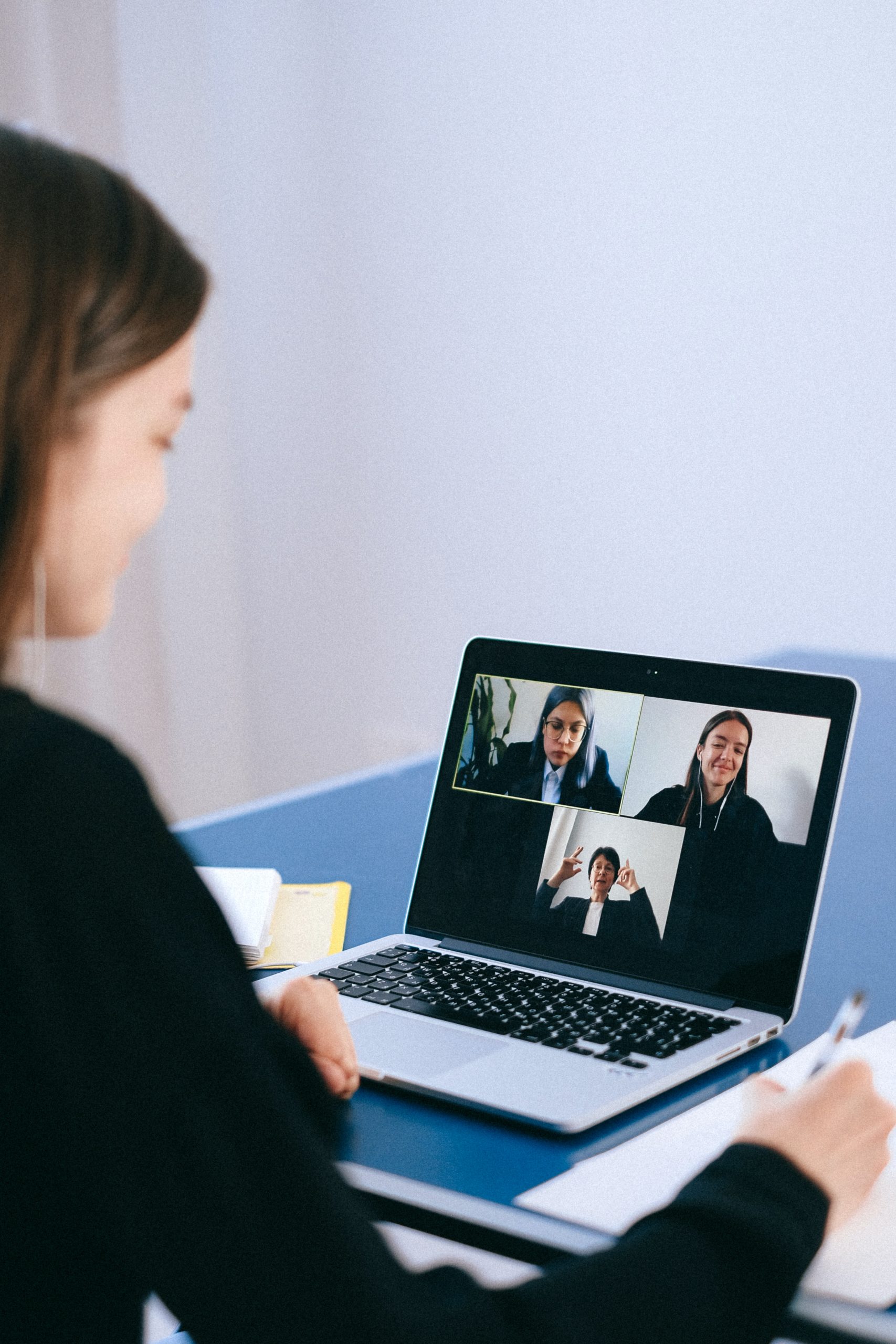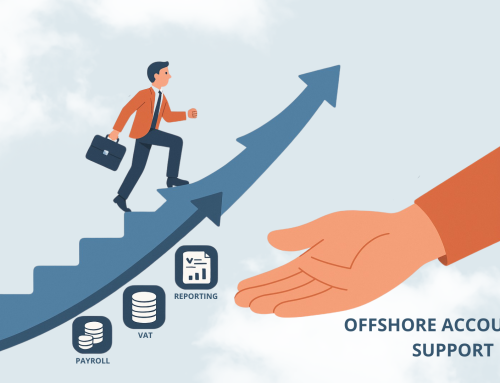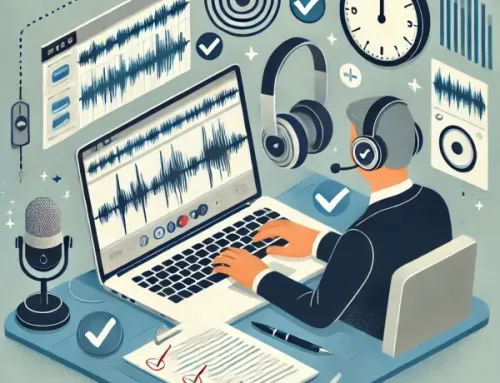Work from home is what they call the new norm. While this may be a somewhat silly phrase, people want to label things and so ‘teleworking’, which has been around for a long time, has now become ‘work from home’.
While teleworking was often limited to a few individuals in a company, it is now practiced by the majority in many businesses. This accentuated the need for video conferencing, which in turn necessitates good security to avoid your business dealings and personal details becoming public.
Personal chats on Skype rarely reveal details hackers or competitors would be interested in, but business meetings do, so minimising the security risks for your business and conference attendees is important.
- Choose your software with care. Some virtual event platforms are very much more secure than others, with such things as encryption for added safety. Look round and do some research on which model suits your needs best, rather than simply using one you used to chat with friends.
- Send meeting invitations, so only those invited know about it. Do not send them through the meeting platform, but separately by email.
- Be careful what your screen is showing behind and around you. It is easy to give away personal details without thinking.
- Set up your meetings in such a way that people need passwords and a special meeting ID to gain entry, and change these for every meeting. Make these strong, i.e. a mix of numbers, characters and letters at least 10-12 long, and not something a person could guess.
- Once all the participants have arrived, lock the virtual room. This stops people from joining in, so be sure everyone is present before doing this.
- Set up a waiting room. Anyone who arrives late for the meeting will be held there and you can allow them in, or deny them access. This area also allows you to send some people away while you discuss something, then call them back into the room once you are done with that topic.
- It goes without saying that you should have good anti-virus/hacker/firewall etc software on your computer. Make sure all participants do too.
- You can limit recordings of this and only the host can record, so you can then choose to send copies to participants, (through the meeting or later on). Another option is to get the recording transcribed, (we at EQ Transcription Services do a lot of this type of transcription), and send that to anyone who needs the information.
Most Video Conferencing software allows all of the above features, except transcriptions, although some may be offered as extras and cost a little more. It is worth it for added security.






